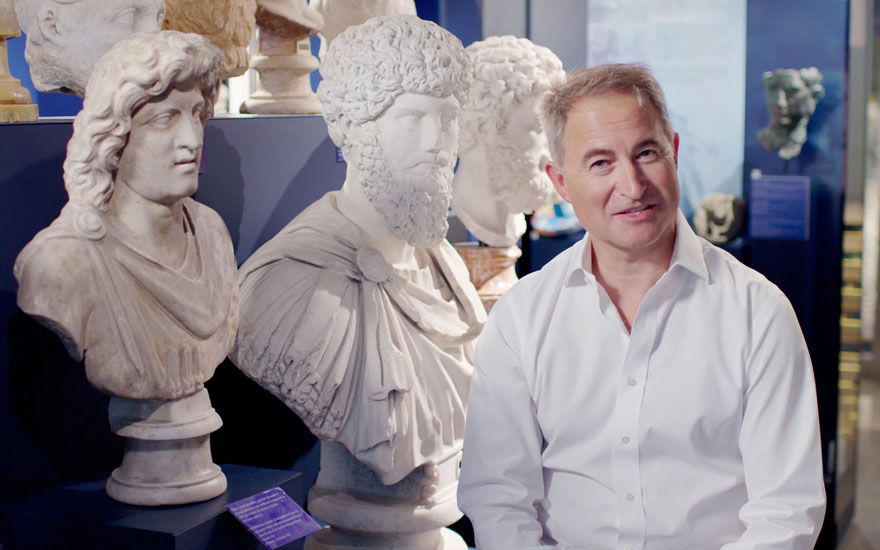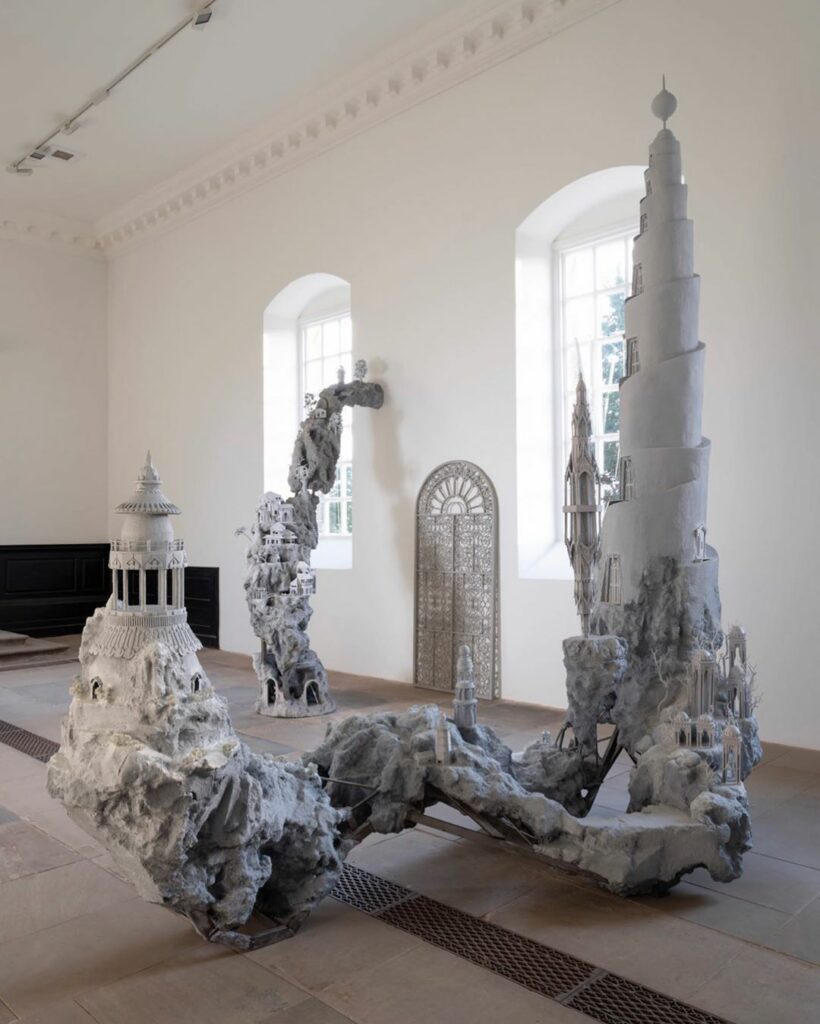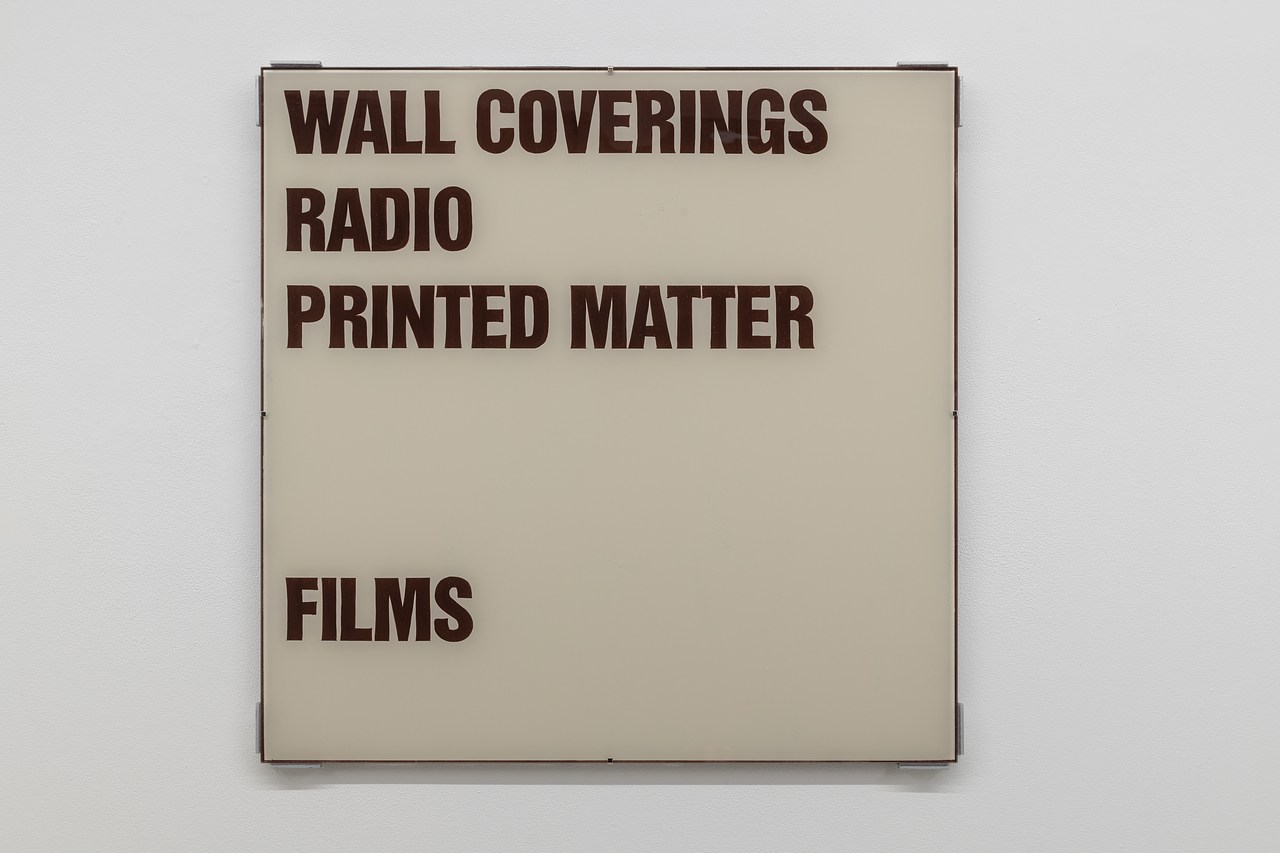Slow Graffiti
2017 - Film & Video (Film & Video)
Alex Da Corte
Slow Graffiti was produced for Da Corte’s exhibition at the Vienna Secession in 2017. The video is a shot-for-shot remake of the film “The Perfect Human” by Danish filmmaker Jørgen Leth (1967). The original is narrated in an anthropological manner, or as if listening to a guide at a zoo, but Da Corte’s version is stranger and more philosophical. Leth’s film has uncomfortable implications, such as: is the perfect human white, attractive, detached? The original, which is shot with a sense of fashion (resembling contemporary clothing commercials), offers mixed signals about objectivity, and at the very least a provocation about the notion of human perfection. Slow Graffiti features the artist performing Frankenstein, specifically the monster as brought to life by the actor Boris Karloff. During an interview, Karloff made the statement, “that monster was the best friend I ever had,” in speaking about his iconic portrayal of Frankenstein in the 1931 Hollywood film. This statement animates Da Corte’s Frankenstein, caught in forces tender, humorous, absurd and destructive. As an icon, Frankenstein represents ‘an idea come to life’ but also absorbs through metaphor the kind of transformations that results from technological intervention. In the original story by Mary Shelley Frankenstein is also composed of many different parts, from different bodies, and so suggests an assembled identity, mixed background, polyphonic references and influences, that continue to find relevance in contemporary life. The voiceover and audio-track, which diverges in bizarre, critical, suggestive, and poetic ways was scored by Devonté Hynes.
Alex Da Corte’s works conveys a state of delusion, where logic is set aside in order to access the stranger, deeper parts of our minds. In this state he wrestles with vernacular culture, often taking a run at iconic figures and motifs from the inventory of popular American consumables. Da Corte’s work has roots in Pop-art and is imbued with a love and feeling for color as well as a sense of how a store-front-window display might turn tragicomic. This odd portmanteau, a combination of ‘tragic’ and ‘comic,’ speaks to a conflicted identity, a sense of pathos, an emotional zone between or beyond categories. In Da Corte’s work, a sense of dry comedy, sometimes mixed with the abject or absurd, is balanced with the macabre or heart-breaking.
Colors:
Related works sharing similar palette

© » ARTSY
Diana Al-Hadid’s Monumental, Spiky Bronzes Examine Feminine Strength and Fragility | Artsy Skip to Main Content Advertisement Art Diana Al-Hadid’s Monumental, Spiky Bronzes Examine Feminine Strength and Fragility Rawaa Talass Nov 16, 2023 5:13PM Diana Al-Hadid The Bride in the Large Glass , 2023 Kasmin Price on request Portrait of Diana Al-Hadid by Diego Flores...
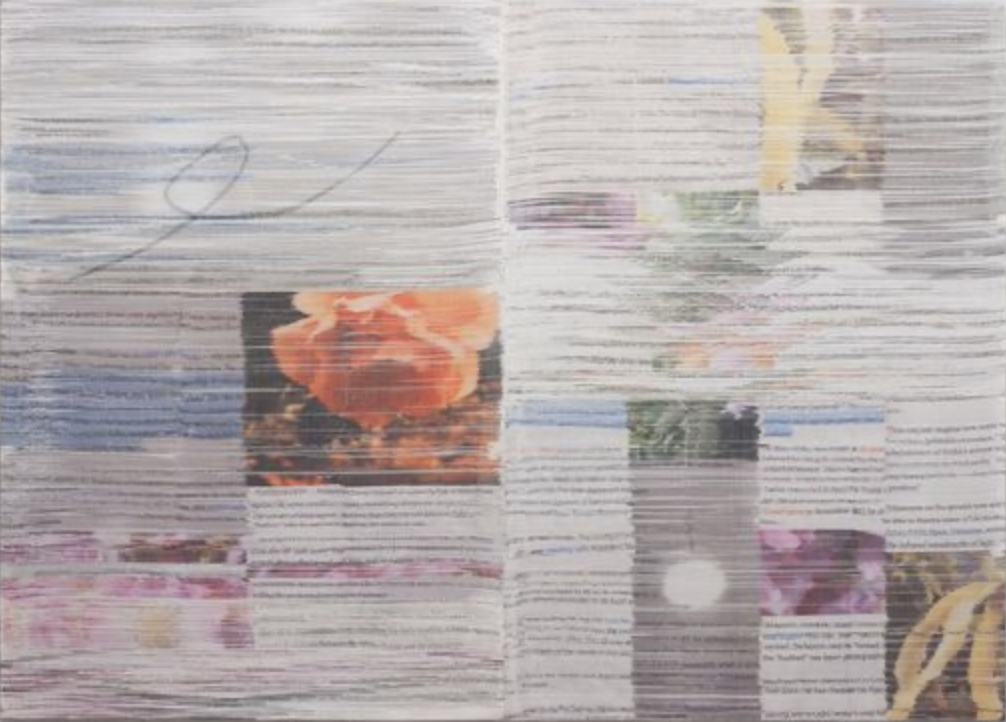
© » KADIST
Margo Wolowiec
2017Imagine How Many by Margo Wolowiec is a woven polyester depiction of blurred text and floral images found on social media, distorted beyond complete recognition...

© » HYPERALLERGIC
New Bedford Whaling Museum Restores Rare Panorama Painting Skip to content Conservation efforts to restore Charles Sidney Raleigh’s “Panorama of a Whaling Voyage” (1878–80) This December, the New Bedford Whaling Museum revealed the groundbreaking restoration of one panel from Charles Sidney Raleigh’s “Panorama of a Whaling Voyage” (1878–80)...

© » KADIST
Jonas Bendiksen
2021For his project Book of Veles artist Jonas Bendiksen travelled to the small city of Veles in North Macedonia, inspired by a series of press reports starting in 2016, that revealed Veles as a major source of the fake news stories flooding Facebook and other social media sites celebrating Donald Trump and denigrating Hillary Clinton...

© » KADIST
Christopher Badger
2011In mathematics, the so-called geometric problems of antiquity are shapes that elude the classical tools of an unmarked straightedge and compass...

© » KADIST
Sawangwongse Yawnghwe
202122022021, Yawnghwe Office in Exile by Sawangwongse Yawnghwe belongs to a body of work made in response to the Myanmar military coup that began in February 2021...
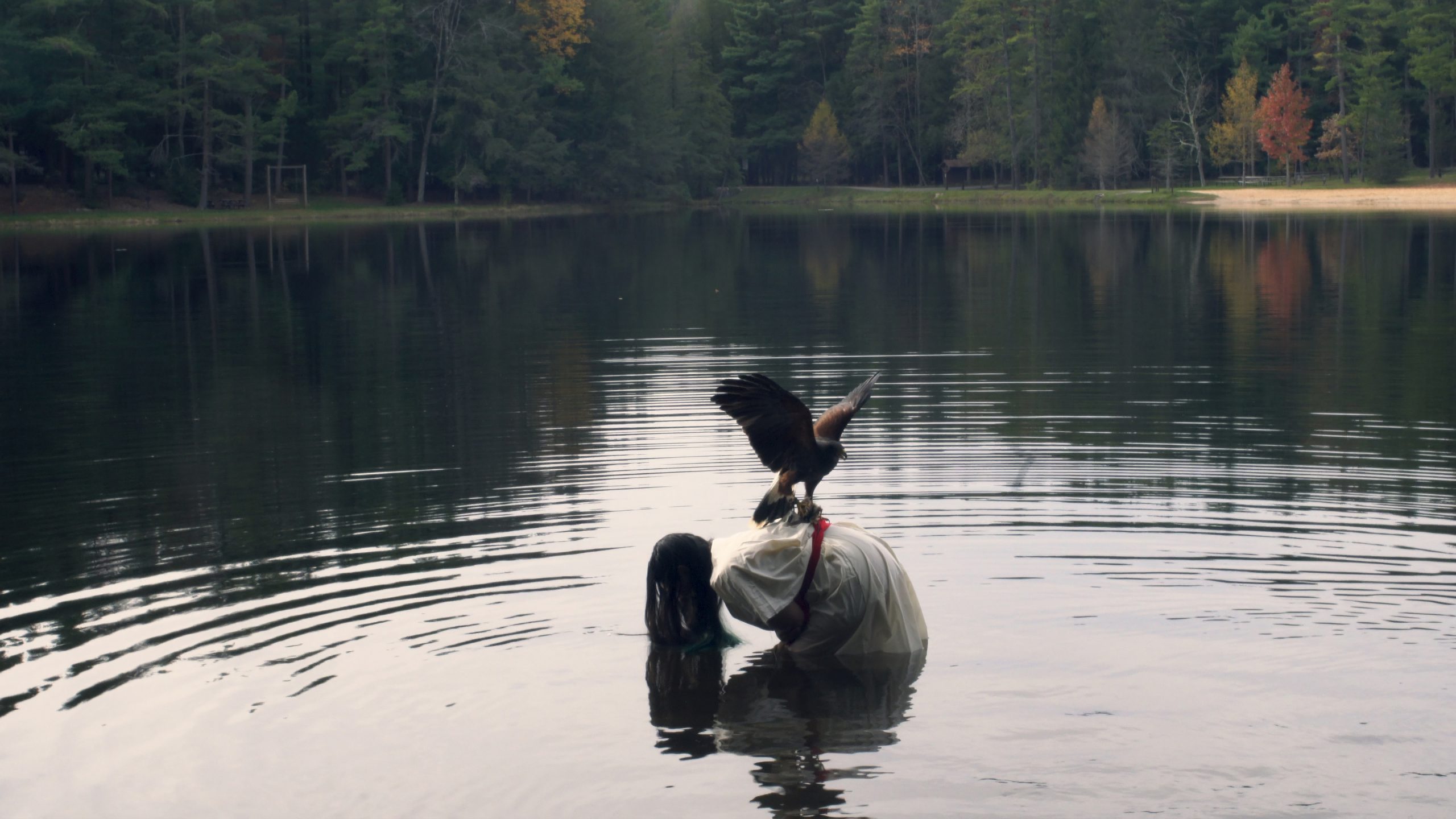
© » KADIST
Women Art Revolution Alicia Smith, Amapola Prada, Claudia Joskowicz, Clarisse Hahn, Fang Lu, Laura Huertas Millán, Lynn Hershman Leeson, siren eun young jung Women Art Revolution draws a selection of works from the KADIST collection that aim to initiate conversations around women’s issues, feminism, and feminist art...

© » KADIST
John Houck
2013John Houck’s brown- , sienna- and golden-toned composition, Untitled #185, 65, 535 combinations of a 2×2 grid, 16 colors , features densely packed lines of color moving diagonally across the creased page...



